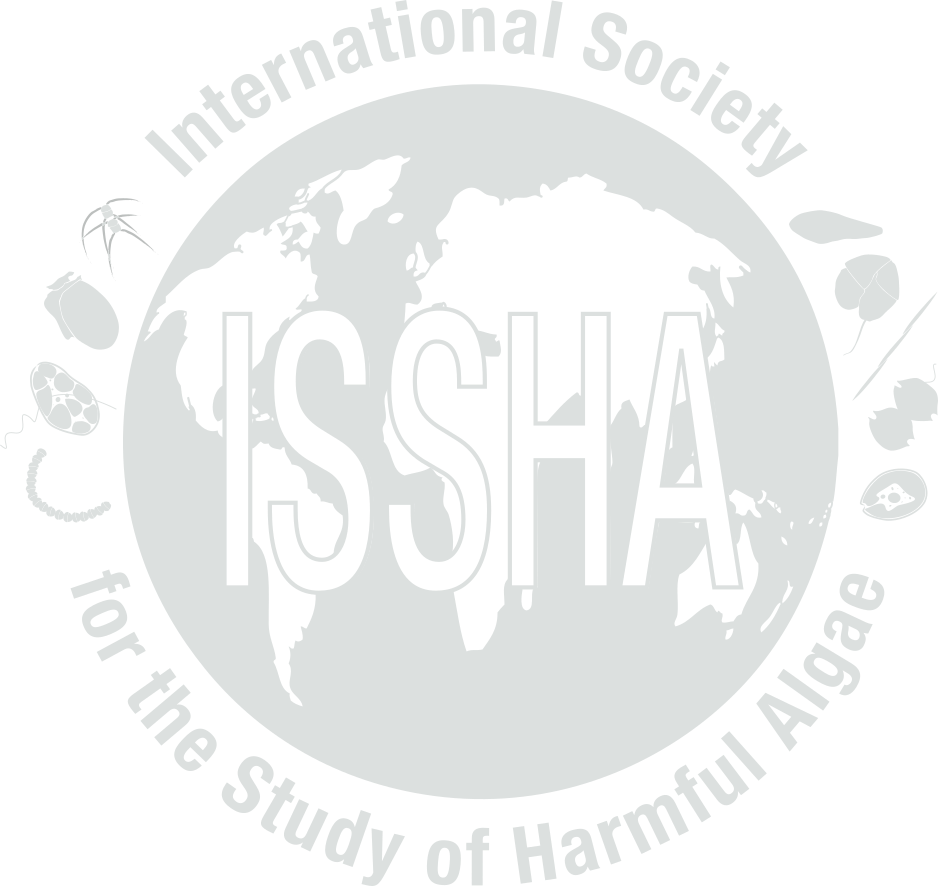


| Event name: | AU-25-002 | |
| Country: | AUSTRALIA | |
|
Nature of the harmful event: |
Water Discoloration , High Phyto concentration , Seafood toxins , Mass mortalities , Foam/Mucilage in the coast , Other ( surfers affected by coughing, sore throats and blurred vision) | |
|
Event directly affected: |
Natural Fish , Shellfish , Humans | |
| Toxicity detected: | Yes | |
| Associated syndrome: | NSP , Aerosolized toxins effects | |
| Unexplained toxicity: | ||
| Species implicated in toxin transmission (transvector): | ||
| Report the outcome of a monitoring programme: | Yes (South Australian Shellfish Quality Assurance Program) | |
| Event occurred before in this location: | Yes | |
| Individuals to contact: | Hallegraeff Gustaaf | |
| Location: | Latitude: , Longitude: | |
| General location information: |
Waitpinga Beach, South Australia HAB Area code(s): AU-50 |
|
| Additional location information: | ||
| Bloom event dates (yyyy/mm/dd): |
Event Date:2025-03-13 Start: 2025-03-13, End: 2025-06-13 |
|
| Quarantine levels dates (yyyy/mm/dd): | First detection: 2025-05-05, End: 2025-07-03 | |
| Additional date-related information: | beaches closed; shellfish industry closed | |
| Causative organism known: | Yes | |
| Causative Species/Genus: |
Karenia spp.
( cells/L)
causative organism for brevetoxins unresolved Karenia brevisulcata (Chang) Hansen et Moestrup 2000 ( cells/L) confirmed by qPCR Karenia mikimotoi (Mikaye et Kominami ex Oda) Hansen et Moestrup 2000 (1.600.000 cells/L) confirmed by qPCR Karenia sp. ( cells/L) K. longicanalis=umbella; confirmed by qPCR |
|
| Co-Ocurring Species/Genus: |
Karlodinium veneficum (Ballantine) Larsen 2000
( cells/L)
|
|
| Chlorophyll concentration, if known: | 16 µg/l | |
| Additional bloom information: | ||
| Event-related bibliography: | ABC radio and numerous newspaper reports. Conversation articles | |
|
||||||||||||||||||||||||||
| Nutrient information: | ||||||||||||||||||||||||||
| Temperature Range During Event: | Max: °C, Min: °C | |||||||||||||||||||||||||
| Salinity Range During Event: | ||||||||||||||||||||||||||
| Bloom location in the water column: |
Surface |
|||||||||||||||||||||||||
| Growth: | ||||||||||||||||||||||||||
| Growth Comments | yellowish foam stretching for hundreds of meters along Waitpinga Beach, 15 km sw of Victoria Harbour | |||||||||||||||||||||||||
| Additional Environmental information: | bloom lasted 3 months +; potentially driven by upwelling event, with contributions by a marine heatwave event and river runoff | |||||||||||||||||||||||||
|
||||||||||||||||||||||
| Kit used: | Type of kit used: | |||||||||||||||||||||
| Additional information: | brevisulcenals also detected | |||||||||||||||||||||
| Economic losses: | to be assessed | |||||||||||||||||||||
| Management decision: | several beaches were closed | |||||||||||||||||||||
| Additional harmful effect information: | beachgoers and surfers reporting coughing, cold and flu-like symptoms. Fish kills of a broad range of species including seadragons, sharks, rays, bony fish, gastropods, bivalves | |||||||||||||||||||||
